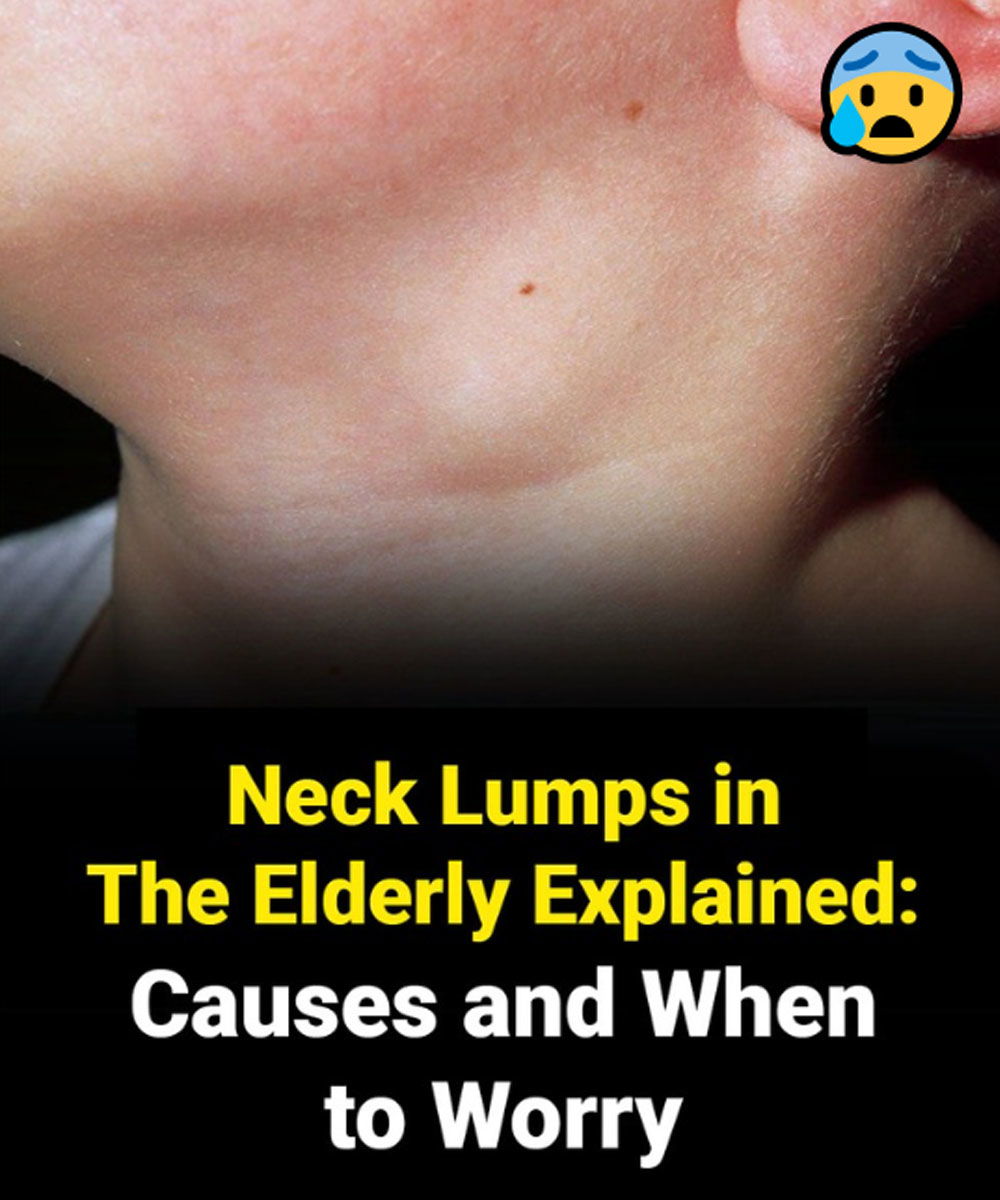
Neck lumps in the elderly are taken more seriously than in younger individuals because the likelihood of cancer increases with age. While benign causes still exist, a persistent or growing neck lump in an older adult always warrants medical evaluation.
Common Causes of Neck Lumps in the Elderly:
1. Cancer (Malignancy) – Most Concerning
Types:
Metastatic cancer (spread from other areas like mouth, throat, lungs, or breast)
Lymphoma
Thyroid cancer
Salivary gland tumors
Signs:
Hard, painless, fixed lump
Grows steadily
May be associated with weight loss, hoarseness, difficulty swallowing, or night sweats
2. Enlarged Lymph Nodes (Lymphadenopathy)
Cause: Infections (less common in elderly) or cancer
Note: In older adults, persistently enlarged nodes are more likely to be malignant than reactive (infection-related)
3. Thyroid Nodules or Goiter
May be benign or malignant
Features: Lump in front of the neck, may move when swallowing
Risk factors: History of radiation, family history, rapid growth
4. Salivary Gland Issues
Tumors: Often in the parotid or submandibular glands
Other causes: Blocked ducts or infection (less common with age)
5. Lipomas or Cysts
Benign fat or fluid-filled growths
Usually soft, mobile, and painless
Less concerning but still need evaluation if large or changing
⚠️ Red Flags That Suggest Cancer in Elderly Patients
Hard, fixed, or painless lump
Persistent lump lasting more than 2–3 weeks
Rapid growth
Associated symptoms:
Weight loss
Hoarseness or voice changes
Difficulty swallowing or breathing
Night sweats or fatigue
Persistent sore throat or ear pain (especially on one side)
What to Do

If an elderly person has a neck lump:
Do not ignore it, even if it’s painless.
See a healthcare provider for a physical exam.
Tests may include:
Ultrasound or CT scan
Fine-needle aspiration (biopsy)
Blood work
Endoscopy (if throat cancer is suspected)
Summary:
While neck lumps in younger people are often due to infections, in the elderly they carry a higher risk of being cancerous. Early detection and diagnosis are critical for effective treatment.
Would you like a visual chart summarizing this or a list of questions to ask a doctor?















